12 of the most impressive students at Stanford right now
Aashna Mago is a virtual reality aficionado who's interning at Oculus this summer.

Aashna Shroff founded a coding camp for girls in India.
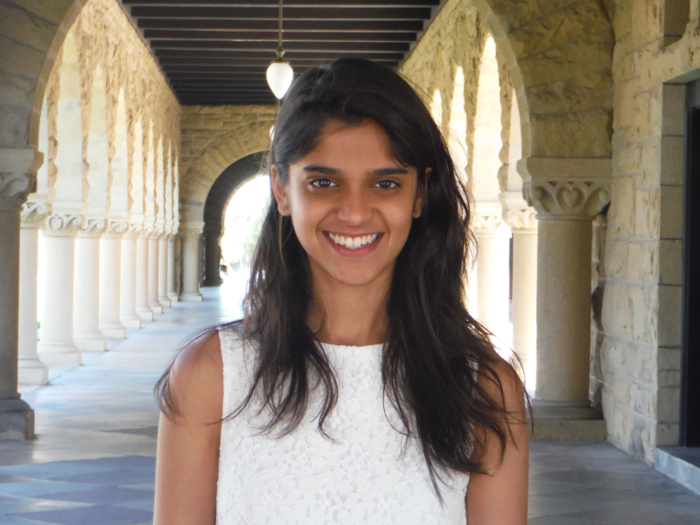
Class of 2017
Major: computer science
Growing up in India, Aashna Shroff was one of two girls in her high school computer science class. When she arrived at Stanford, Shroff was impressed by the initiatives to get women involved in computing fields, so she decided to take those ideas back to India by founding Girls Code Camp (GCC). Last summer, Shroff led the GCC team of Stanford students to India to teach computer science workshops to more than 500 middle and high school girls. The subsequent "GCC Hack Day" produced projects ranging from medical emergency apps to educational games.
Shroff is also championing gender diversity on campus. This quarter, she'll be doing research with Stanford's Clayman Institute for Gender Research to help detect unconscious bias in job descriptions. And she's a mentor for Girls Teaching Girls To Code, a program that teaches Bay Area high school girls how to code.
Shroff also contributed to research at Stanford's Bio-Robotics lab on a project that allows surgeons to practice brain surgery on virtual patients. She used cutting-edge technology to create a program where sights, sounds, and forces of the virtual surgery replicate that of the operating room.
Brandon Hill is the student body vice president and a former White House intern.
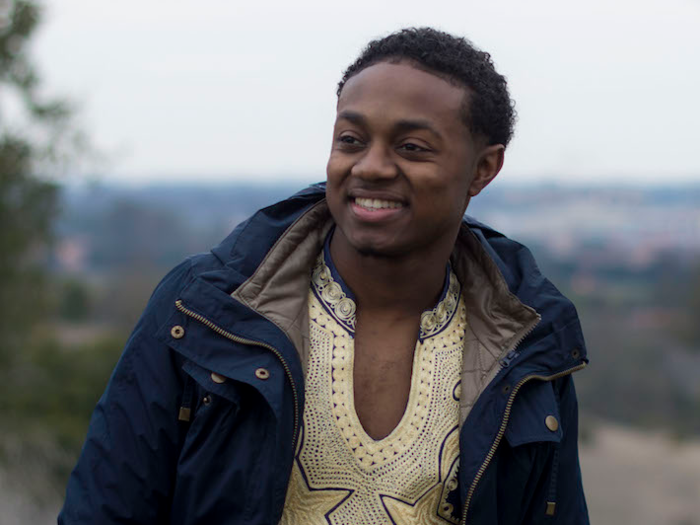
Class of 2016
Major: political science, African/African-American studies
The summer before he was set to start at Stanford, Brandon Hill was de-accepted by the university for a bad grade in physics. He decided to take a year off — something he later dubbed "Year On" during a TEDx talk — to travel more than 30,000 miles across the world on a full scholarship through Semester at Sea.
He made it to Stanford and is now vice president of the school's more than 16,000 undergraduate and graduate students.
Hill is passionate about helping youths of color maximize their creative potential through his startup Enza Academy. Over the last two years, Enza has matched more than 150 kids nationwide with innovation, tech, and entrepreneurship training camps at Google, Stanford, Columbia University, and Facebook. Last December, Hill and his cofounder spoke about Enza Academy at the White House, where Hill interned the summer before his freshman year at Stanford.
He's also interned at Google on the YouTube star management team, at UNICEF in Tanzania, and for the US Department of Education. When he graduates in June, Hill plans to work full-time on his "TED meets Twitter" idea-sharing platform.
Cyerra Holmes leads Stanford's largest women's organization.
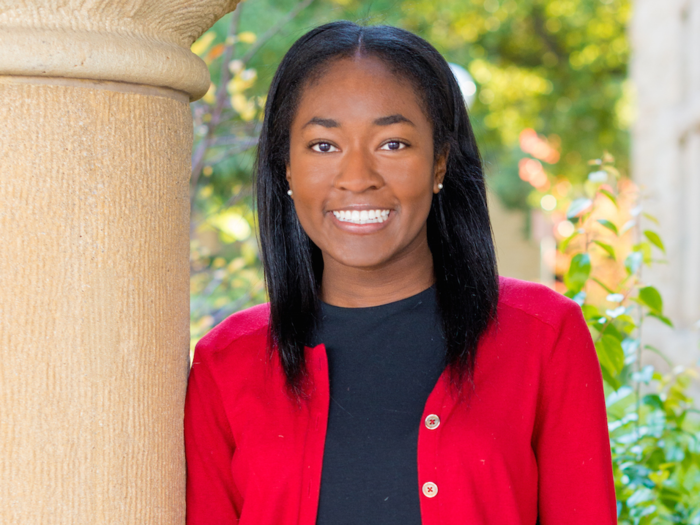
Class of 2016
Major: science, technology, and society
Cyerra Holmes is copresident of Stanford's largest women's organization, Stanford Women in Business (SWIB). In addition to hosting corporate networking events and business education workshops, and bringing to campus powerful businesswomen like Ruth Porat and Tyra Banks, Holmes has also put together the organization's first "Society of Women Leaders Retreat" planned for this spring. The retreat will focus on relationship building between SWIB and other chapters at schools like Harvard, Duke, and Yale through tours of Palo Alto-based tech companies, dinner with venture capitalists, and design thinking workshops.
And she's not only an advocate for gender diversity in business but also for racial diversity. Last fall, Holmes created the Stanford Black Pre-Business Mentorship Program to connect undergrads with Stanford business school students. The first class of mentor/mentee pairs will have access to career insight panels, volunteer opportunities, office visits, and keynote speakers.
The former Division I lacrosse player is heading to New York after graduation to work in private wealth management at Goldman Sachs, where she interned the past two summers.
Estefania Ortiz hosted a coding summit for Latinos.
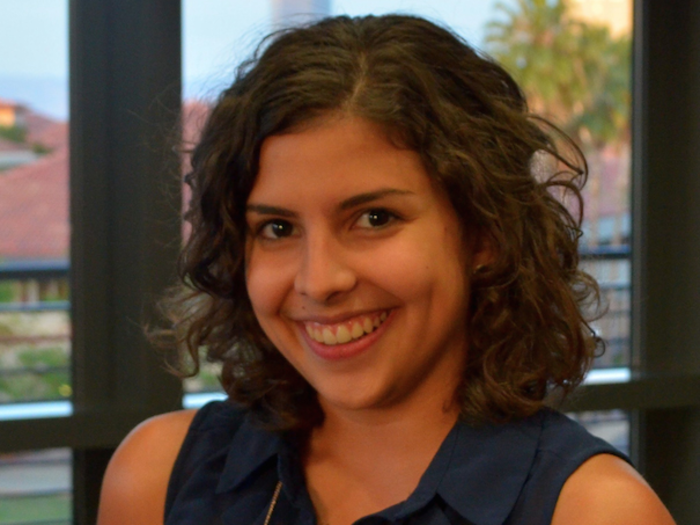
Class of 2016
Major: computer science
As a born and raised Puerto Rican, Estefania Ortiz advocates for the inclusion of Latinos and Latinas in computer science. During her junior year, Ortiz founded and organized the Latin@ Coder Summit, a day-long event held last May at Stanford that brought together more than 200 people in her community for interactive networking, workshops, product pitches, and panels.
The event was put on with the support of CODE2040, a nonprofit that advances diversity in the tech world. During her two summers spent as a CODE2040 fellow, Ortiz also interned at Microsoft and Facebook, and she later cofounded the governing body for the organization's alumni program.
Prior to spending the last two quarters studying in New York City and Madrid, Ortiz was involved in the Society for Women Engineers at Stanford as codirector of outreach for two years, where she started a mentorship program for middle school and high school girls. Ortiz will be working at Google as a software engineer after graduation.
Lea Coligado has been recognized nationally for her blog, Women of Silicon Valley.
Class of 2016
Major: computer science
Last year, an article Lea Coligado wrote for Fortune detailing the sexism she faces as a woman in tech went viral. Since then, she's leveraged her exposure to champion women everywhere, starting with her Humans of New York-inspired photo series, Women of Silicon Valley. Coligado said the features — which include college students as well as industry mainstays like Pinterest's Tracy Chou and Google's Parisa Tabriz — are meant to increase the visibility of women, especially those of color, in a traditionally homogeneous industry. Today, the page counts nearly 30,000 followers and has been touted by Melinda Gates and Chelsea Clinton.
Since her freshman year, Coligado has been a part of Stanford's Girls Teaching Girls to Code, an organization that mentors high school girls interested computer science. She's also developed a mobile app during an internship at Facebook, worked on full-stack web development at a startup called Spokeo, and interned for Siri at Apple.
Coligado will head to Italy for a business and design program after graduation before returning to the US next fall to join Google as a software engineer.
Leo John Bird champions indigenous and Native American communities.
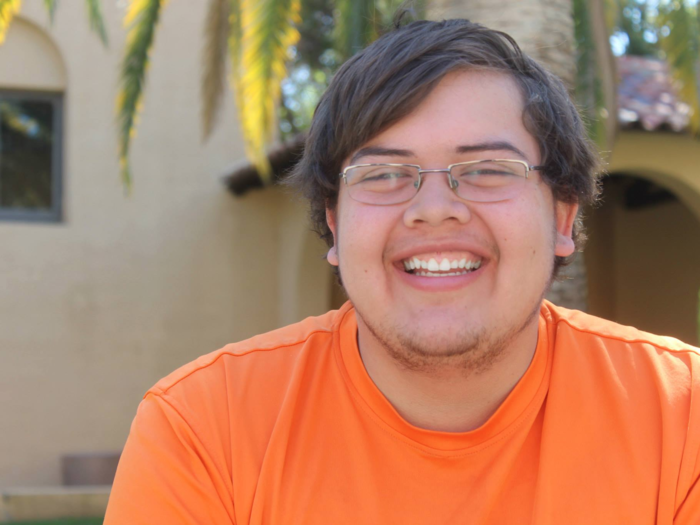
Class of 2017
Major: comparative studies in race and ethnicity, Native American studies
Leo John Bird — known in his village in Montana as Piitahsoowatsis — has been working on uplifting America's indigenous voices during his time at Stanford. Bird worked alongside the student body government recently to make Stanford history by convincing the university's president and provost to form an "unnamed committee on names." The committee will instill a permanent process for investigating the controversial legacies of people the campus' buildings and streets are named after, starting with Father Junipero Serra, a controversial 18th-century Catholic priest blamed for taking Native American land and suppressing indigenous culture.
Bird has also worked with Stanford professors on research to incorporate indigenous ways of healing in Western medical practices. The process for completing his research included taking a class on grassroots movements, hosting a community-focused meeting on healing, and leading a teach-in to the Stanford community.
The junior is actively involved in the Stanford American Indian Organization and the American Indian Science and Engineering Society, and he hopes to attend graduate school for public and community health after he graduates next year.
Natasha Patel is working at the intersection of philosophy, education, and public affairs.
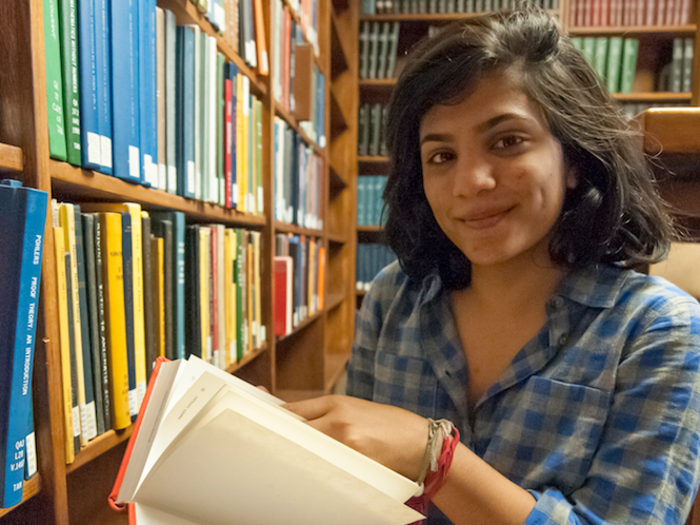
Class of 2016
Major: philosophy
Natasha Patel knew she wanted to be an educator during her first year at Stanford. After winning a statewide science fair award from UCLA for her research in cognitive sciences in high school, she dove into researching more about K-12 learning science and classroom design after joining Stanford's Online Learning initiatives.
From there, Patel interned at the Clayton Christensen Institute, where she helped design and populate a database to share knowledge about innovations in classroom design across the country. Last spring, she was chosen to participate on Innova Schools' innovation team in Lima, Peru, contributing to the design process for a network of 29 schools.
She's also deeply invested in politics as the former president of Stanford Democrats, a former White House domestic team intern, and current chief of staff for Stanford's student body president and vice president. Just last month, MSNBC featured Patel in its "Women in Politics: College Edition," a series that highlights promising women leaders in student governments across the country.
As one of eight undergrads awarded the Hume Humanities fellowship this year, Patel is a standout for her exploration of philosophy, education, and public affairs.
Priyanka Puram Sekhar is the cofounder of Stanford's first cybersecurity student group.
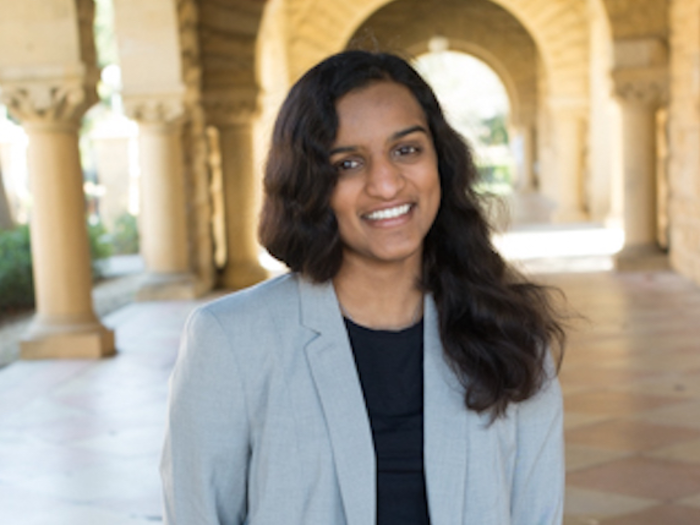
Class of 2017
Major: computer science
What started as curiosity about the world of cybersecurity turned into action when Priyanka Puram Sekhar's insurance provider got hacked during her sophomore year at Stanford. She decided to start Stanford's first group for cybersecurity and policy, Applied Cybersecurity.
Sekhar now serves as copresident of Applied Cybersecurity and organizes weekly exploit workshops and participation in national cyber defense and policy competitions. The group is also working to set up fellowship programs for undergrads at large cybersecurity companies.
Sekhar's other interests lie in business and bridging the gender gap, and she serves as the vice president of partnerships and sponsorships for Stanford Women in Business. As the first girl on the varsity wrestling team in high school and currently the only female in her Bitcoin computing class, Sekhar has set out to defy gender stereotypes.
Last year, Sekhar won scholarships from Google and Microsoft for women in computing.
Rhiannon Tomtishen has been recognized by the UN as a North American Forest Hero.
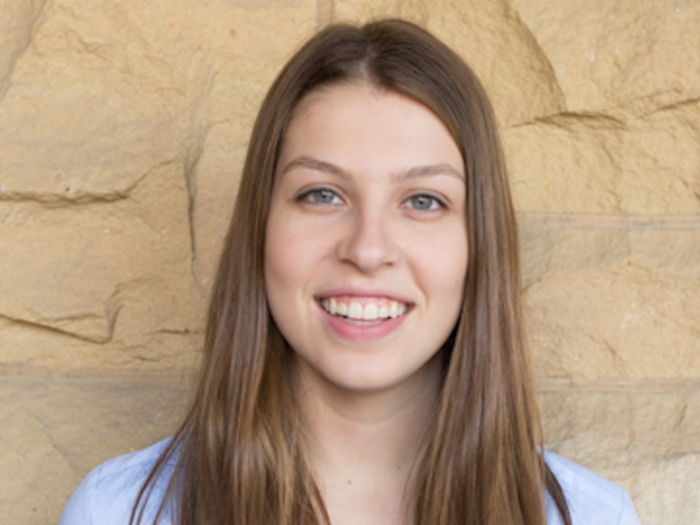
Class of 2018
Major: international relations
When Rhiannon Tomtishen was 11 years old, she discovered that the Girl Scout cookies she had been selling were made unsustainably. Palm oil — a key ingredient — was being harvested on Southeast Asian plantations that were destroying orangutan habitats. To combat deforestation, Tomtishen and a fellow scout set out to change the cookie recipes through Project ORANGS, and national attention followed. Nine years later, Girl Scouts USA and Kellogg's have made policy changes and Tomtishen has been recognized by the United Nations as a North American Forest Hero. She continues to speak on the cause at events around the world, most recently at the International Youth NGOs Summit in India this past summer.
Tomtishen is on the executive board of Stanford Women in Business, where she codirected the Young Women's Leadership Summit this year for 200 high school students. She's also in the early stages of starting a nonprofit to sell handmade goods made by Ghanaian women for fair compensation.
This summer, Tomtishen will participate in Citi's selective Sophomore Leadership Program as an analyst.
Stephany Yong is a former Google intern and a future Facebook employee.

Class of 2016
Major: computer science
Stephany Yong came to Stanford with a deep interest in marketing. Within her first year, she interned at Pixlee, a startup based at the school's accelerator that helps brands create authentic marketing via photos and videos from by real customers (it counts Andreessen Horowitz and Rothenberg Ventures as investors). She said the experience got her "hooked on designing, building, and shipping products that people love."
Yong has gone on to intern in public relations at Mozilla and in product marketing at Box during her summers. Last year, Yong landed an internship in Google's selective Associate Product Manager program, which continued into the fall as she worked on the product launch for YouTube Red.
At Stanford she's involved in BASES, the school's premiere student entrepreneurship group, where she managed a budget of more than $400,000 as CFO last year; Stanford Consulting, where she's a two-year executive team member; and a high-demand Stanford Graduate School of Business class called The Power of Story, where she works with partners like Nike and Sequoia Capital as head teaching assistant.
Upon graduation, Yong will head to Facebook to participate in the 18-month Rotational Product Manager program where she hopes to work with big-impact projects like Internet.org and Oculus.
Tony Bruess runs an incredibly popular Minecraft server.
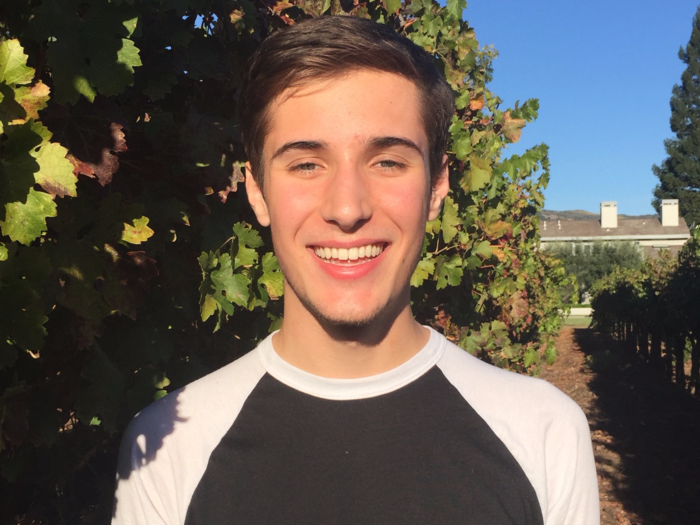
Class of 2018
Major: computer science
Tony Bruess started an internship at Dropbox after his freshman year at Stanford, and they liked him so much, they hired him as a part-time site reliability engineer. This summer, he'll be moving over to Slack to intern on the operations team.
At Stanford, Bruess is part of the technical team at CS + Mental Health. The new initiative brings together researchers and computer science students to develop and build projects like a web-based survey to screen for mental health issues in teens and wearable devices that diagnose bipolar disorder.
Over the past four years, Bruess has been growing his startup Overcast Network, a Minecraft server where players can compete in objective-based gamemodes with hundreds of different maps and worlds created by community members. His site supports 100,000 players per week and offers open source documentation, which enables players to make a map in the game, write XML code, and have working gamemodes. The site has become incredibly popular in the Minecraft community, and Bruess oversees a small team of developers and a volunteer staff of more than 100 people.
Popular Right Now
Advertisement